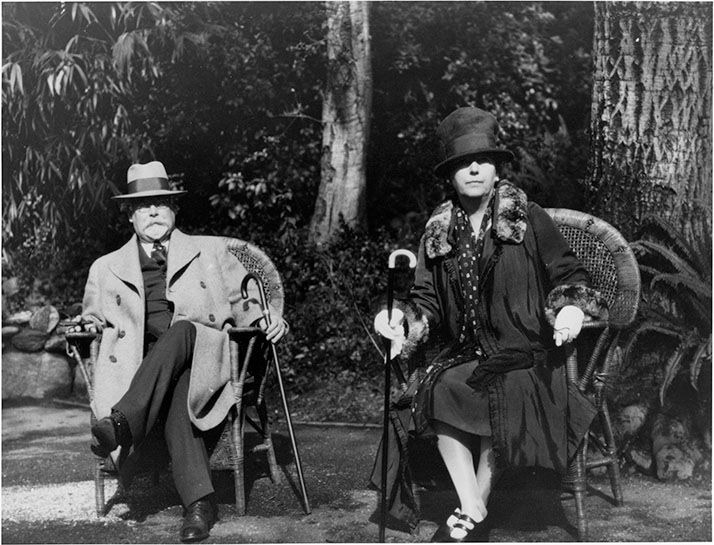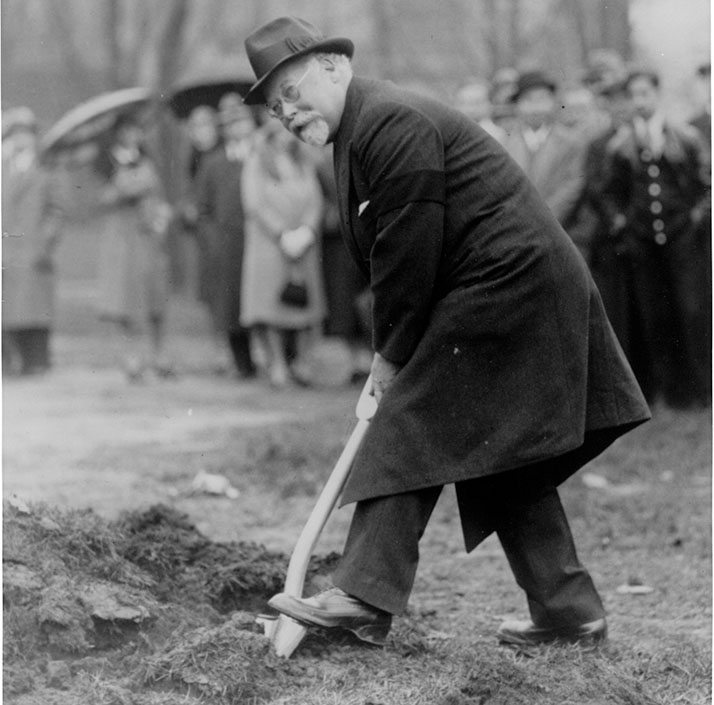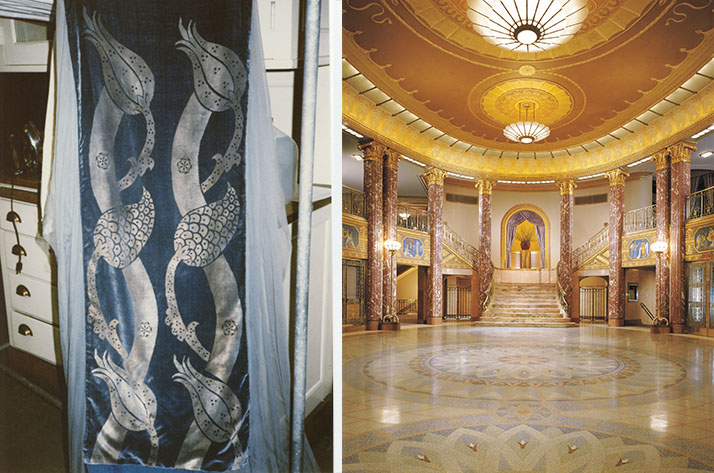
“Happy Birthday To You!”
Severance Hall Turns Eighty-Five
By Alex Lawler
February 5, 2016
Today marks the 85th anniversary of Severance Hall, which first opened its doors to the public on February 5th, 1931. Because it’s almost Valentine’s Day, I’d like us to look back on how the love between John L. and Elizabeth DeWitt Severance influenced the design of Severance Hall.

John L. and Elizabeth DeWitt Severance were the original founding donors of the Hall, pledging the seed money of one million dollars on December 11, 1928 at the Orchestra’s Tenth Anniversary Gala. However, shortly after the beginning of the fundraising campaign, Elizabeth Severance died unexpectedly of a stroke on January 25, 1929. Following this, John L. Severance saw the Hall not only as a home for their beloved Cleveland Orchestra but as a memorial to his late wife. As Adella Prentiss Hughes recalled years later, “to Mr. Severance the Hall became almost a Taj Mahal. No expenditure was too much for him to approve as the edifice began to rise. At its completion John L. Severance had more than doubled his original gift.” When the campaign was short almost two hundred and fifty thousand dollars on April 19, 1929 (the final day of the campaign), John L. Severance stepped up and donated the full amount on the spot. That he would ultimately donate over two million dollars (almost thirty-two million in today’s money!) by 1931 is particularly impressive considering that the Great Depression overshadowed the construction of the Hall.

One notable feature of Severance Hall’s design is the strong influence of Egyptian Revival architecture. Egyptian Revival architecture, originally made popular in the early 19th century after Napoleon’s Egyptian campaign, had made a comeback in the 1920s after the celebrated opening of King Tut’s Tomb. The inclusion of this style was not just because of its popularity - It has its roots in John L. Severance’s deep devotion to his wife, Elizabeth. She was very fond of Egyptian Revival architecture, in particular stylized depictions of plants, particularly the Lotus. In particular, the designs for the Richard J. Bogomolny and Patricia M. Kozerefski Grand Foyerdemonstrate the mixing of Egyptian Revival and the Art Nouveau/Art Deco style popular for theaters and public buildings in the 1920’s and 1930’s.
So the next time you visit Severance Hall, take a moment to drink in the elaborate decorations and think about the story of John and Elizabeth Severance. Oh, and also try to find all of the Lotus flowers!
Alex Lawler is an intern this season with The Cleveland Orchestra Archives. He is a PhD student in musicology at Case Western Reserve University.
All photographs courtesy of The Cleveland Orchestra Archives and the Western Reserve Historical Society.
Want to know more?
- Website (Hyperlink: http://www.wrhs.org/) of the Western Reserve Historical Society
- Short Documentary on the Architecture and Design of Severance Hall
- Short Documentary on John L. Severance’s life and philanthropy
- Adella Prentiss Hughes. Music is My Life. Cleveland, OH: The World Publishing Company, 1947, 80.